Unsuspecting homeowners and gardening enthusiasts buy planting soil that has proven to be a real climate bomb. After just 10 years in pots or beds, the carbon in the peat has been released into the atmosphere as carbon dioxide, exacerbating the climate disaster. Despite this, peat mining is allowed to increase in Sweden.
Peat mining threatens Sweden's wetlands
Peat mining turns wetlands into dead deserts.
Find out more on this page.
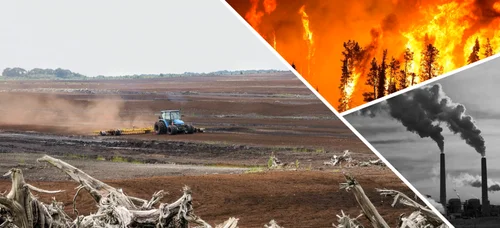
Peat emits more carbon dioxide than coal, oil and gas when used as planting soil
Facts about peat
- Peat is mined from bogs. A peat bog is a place where dead organic matter has been stored for thousands of years surrounded by water. The stored carbon is released into the atmosphere when it comes into contact with oxygen during mining and turns into carbon dioxide.
- Peatlands cover only 3% of the Earth's surface but store twice as much carbon as all the forests on Earth. Leaving peatlands untouched is vital to prevent climate disaster from getting worse. This can only be secured with a law banning peat extraction. Such a ban would be particularly important in Sweden, which has 15 per cent of its land area covered by peatlands and is the third largest peat producer in the world after Germany and Finland.
Peat mining in Sweden
- Peat mining in Sweden emits many times more greenhouse gases than all domestic aviation.
- In 2023, county councils opened up for 89 new peat extraction sites and the Moderates would like to see peat used as an energy fuel again, despite the fact that fossil peat is dirtier energy than oil, coal and gas due to its lower calorific value. The calorific value calculates the amount of energy that can be extracted in proportion to carbon dioxide emissions.
- Due to emissions trading and climate targets, the extraction of peat and the burning of peat for energy production have decreased in recent years.
- However, the use of peat for cultivation purposes has increased significantly. In 2021, 85% of Sweden's peat consumption was used for cultivation and animal bedding.
- Regardless of whether peat is used for combustion, growing media or bedding in stables, peat decomposes over a ten-year period and the carbon is released as the climate-damaging gas carbon dioxide.
- According to Statistics Sweden, the extraction of agricultural peat increased by 19.7% in 2020, from 1.6 to 1.9 million m³.
Banning the use of peat for cultivation purposes is a simple and effective way to fight climate change.
Alternatives exist: plant waste (or manure, bark, wood fibre, etc.) can replace peat in crops.
Finnish Neova's activities in Sweden
- Finland has been granted more than €465 million from the EU to halve the use of peat as an energy source.
- At the same time, the Finnish state, through the state-owned company Neova, has for years been breaking up Swedish bogs to mine fossil peat.
- The Finnish state-owned company Neova is currently responsible for 72% of all peat extraction in Sweden.
Get informed!
Watch the documentary "Climate villain in new packaging"

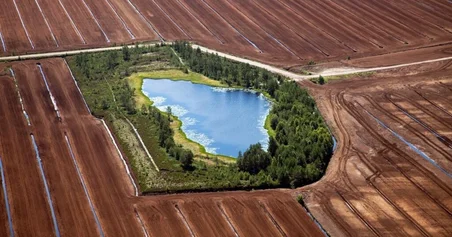
Your alternatives to peat soil
Growers have two options:
- Buy planting soil without peat.
- Create your own soil, which is even better for your plants and nature.
If you buy soil
- Ask for peat-free soil in your local shop
- Read the table of contents:
- Look for soil made up of wood fibre (a by-product of paper manufacturing) and recycled soil or compost.
- Some products replace peat with coconut fibre, which is not the most sustainable option as it requires huge amounts of fresh water and (depending on where you life) has a long transport distance.
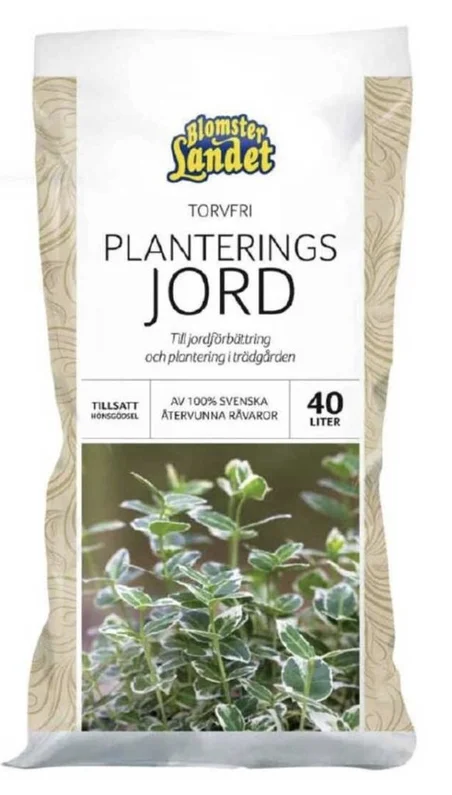
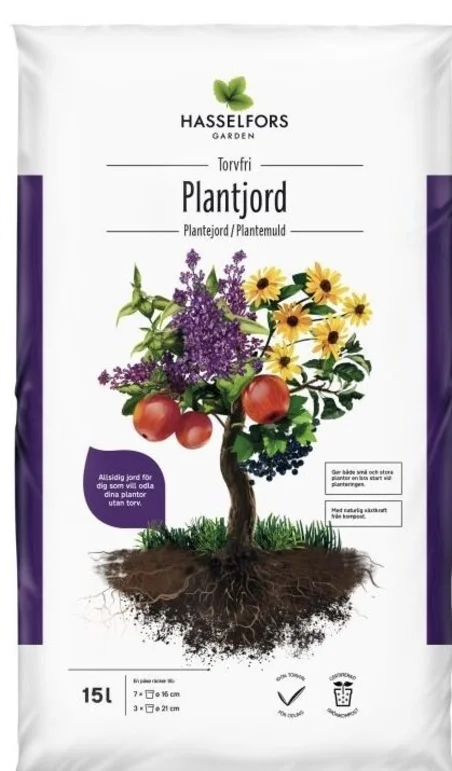
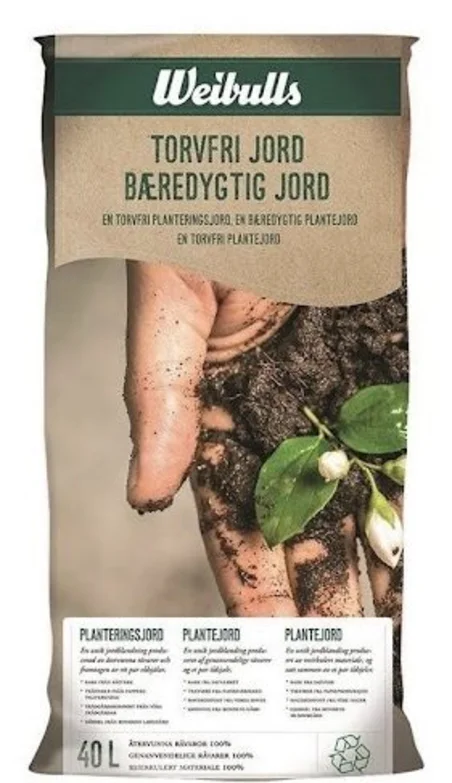
For those who grow
Make your own soil
Home-grown soil is cheaper, more nutritious and much better for our environment and climate. There are countless books and guides online about the best soil, but the easiest tip is to try to imitate nature. Take a walk in the old forest and see how nature creates new viable soil by itself with sticks, leaves and moss.
Want to learn how to grow without peat?
Visit Stockholm allotment gardens for soil recipes!
Copy nature:
- Let leaves and brush become new soil.
- Compost.
- Make the most of what you have in your garden.
Seed soil - basic recipe
⅓ - year-old leaf compost
⅓ - green garden compost (garden waste that is still green, such as fresh grass clippings)
⅓ - sandy soil mix
Alternative: Use municipal compost
In many municipalities, a lot of citizens' kitchen scraps, or at least garden waste such as branches, leaves and fallen fruit, are composted.
- In Malmö, for example, the waste company sells the compost soil at a good price.
- In Ulricehamn, those who go to the recycling centre can pick up growing soil from the compost for free.
Call your own municipality and ask!
More inspiration on soil
The wetland
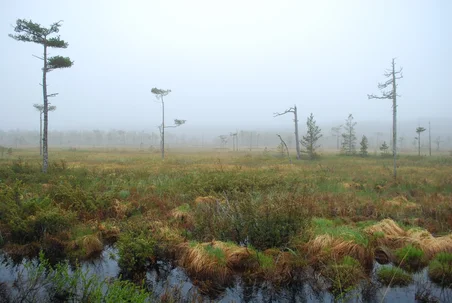
Its mysterious mists and sweet scent of summer from the Skvattram and Pors. The shining gold of cloudberries among autumn-coloured moss.
Its calming silence. The mire contributes to a stable climate, thriving biodiversity, and is a source of culture.
Yet mires and other ecosystems are under threat of being turned into forest plantations, grazing land or peat mining.
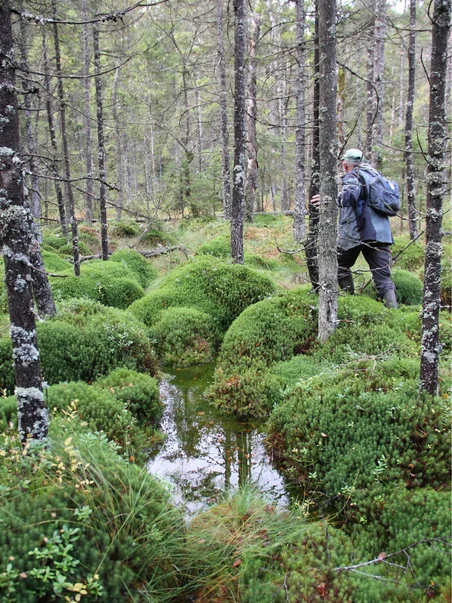
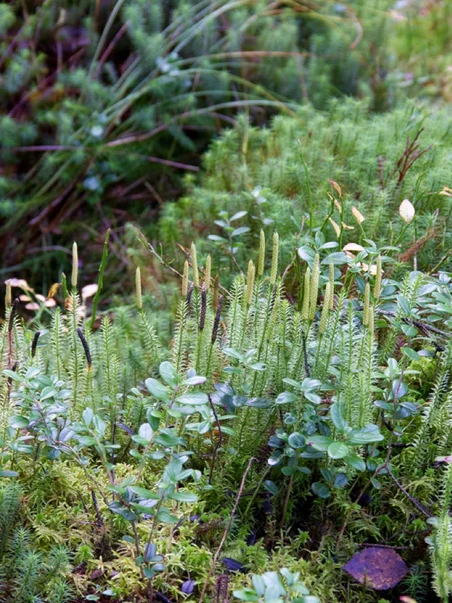

A magical place filled with teeming life: water, moss, insects, frogs and rich birdlife.
If only they existed! But they don't.
We have lost 90% of Sweden's wetlands in the plains.
Now they are drying out and leaking carbon dioxide.
11.6 million tonnes of CO2e every year, equivalent to 25% of Sweden's territorial emissions. They emit more than the entire passenger car traffic in Sweden.
Wetlands are an incredible carbon store.
Or they could be. If we restore them.
We love Sweden's nature.
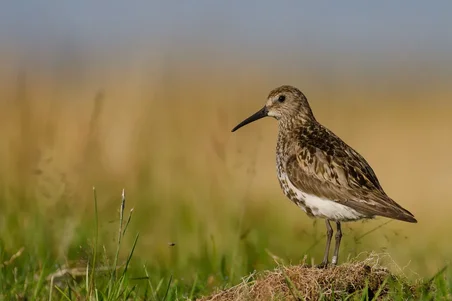
Foto: Edwin Sahlin
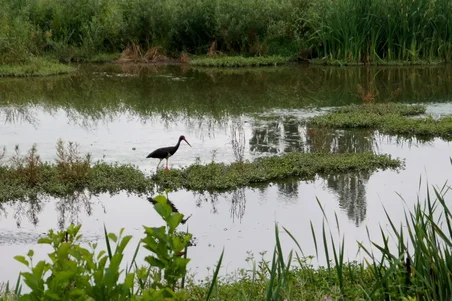
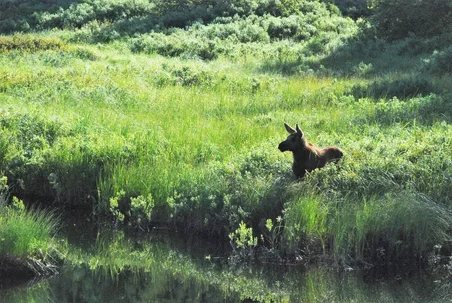
No other country has such generous rights of public access as we do.
We can walk in untouched forests, among lakes and deep ponds, across meadows and pastures, picking berries and mushrooms.
But we are losing everything.
One in five species in Sweden is threatened with extinction.
We are deforesting and destroying at a rate that is hard to understand.
But we can help ourselves and nature and recreate what has been destroyed.
Nature can heal and we with it.
We all want rich and vibrant meadows, forests and wetlands.
Because without them, we cannot survive.
